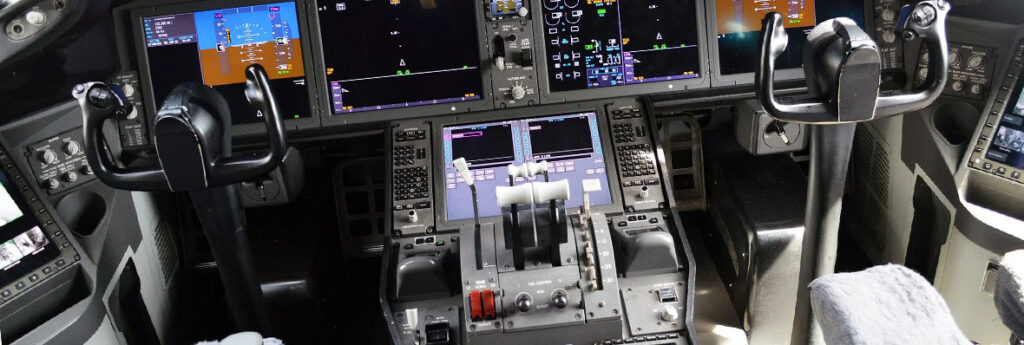Eager to save costs and concerned about personnel shortages, International airlines are looking to dump the second pilot from the cockpit. Over 40 countries including the UK, Germany and New Zealand, have petitioned the International Civil Aviation Organisation (ICAO) to change aviation standards to allow single-pilot flights. The plan however, is not meeting everyone’s approval. Flyers are wary, and more important, pilots are unconvinced of the safety of a such a move.
Fortune magazine quoted Tony Lucas, an Airbus SE A330 captain for Qantas Airways Ltd. and president of the Australian & International Pilots Association, as being “concerned that a lone pilot might be overwhelmed by an emergency before anyone else has time to reach the cockpit to help.”
“The people going down this route aren’t the people who fly jets every day,” Lucas said. “When things go awry, they go awry fairly quickly.”
Lucas, a check and training captain, “also worries about the lost opportunities to mentor junior pilots if flight crew are working increasingly on their own.”
The UK Civil Aviation Authority said transitioning to single-pilot operations could impact areas such as crew training and medical requirements, as well as mental health and job satisfaction,
However, the European Union Aviation Safety Agency has been working with plane manufacturers to determine how solo flights would operate and preparing rules to oversee them.
The planned changes bring many concerns and challenges. The EASA is reportedly running safety risk assessments on single-pilot operations to find out what rules would be necessary to manage issues such as fatigue and comfort breaks. Also, it is not yet clear what would happen if a solo pilot started flying erratically or collapsed. Automation, technology and remote assistance from the ground would somehow have to replace the expertise, safety and immediacy of a second pilot.
Still, according to Janet Northcote, EASA’s head of communications, “We are potentially removing the last piece of human redundancy from the flight deck.”
“The psychological barriers are probably harder than the technological barriers,” Boeing Co. Southeast Asia President Alexander Feldman said at a Bloomberg business summit in Bangkok last week. “The technology is there for single pilots, it’s really about where the regulators and the general public feel comfortable.”
A statement by the EASA in January 2021 stated that there would need to be advanced autonomous systems in place to fly the aircraft unmanned should the crew become incapacitated.
In fact, as technology advanced, aviation has been shedding cockpit personnel. Back in the 1950s, commercial aircraft cockpits typically had a captain, first officer or co-pilot, a flight engineer, a navigator and a radio operator. Those last three positions gradually became redundant … now we have just two…and the countdown has begun.

